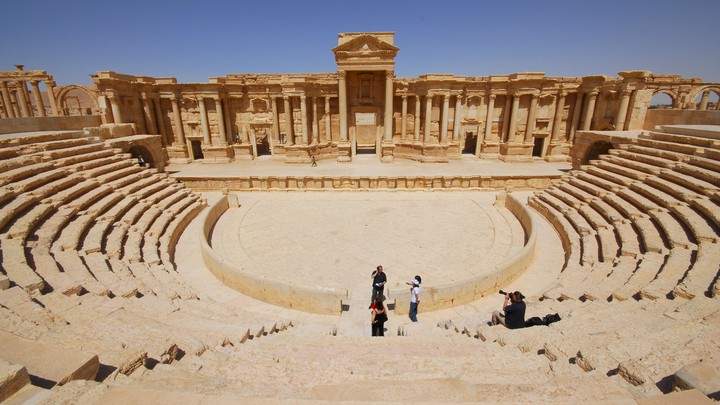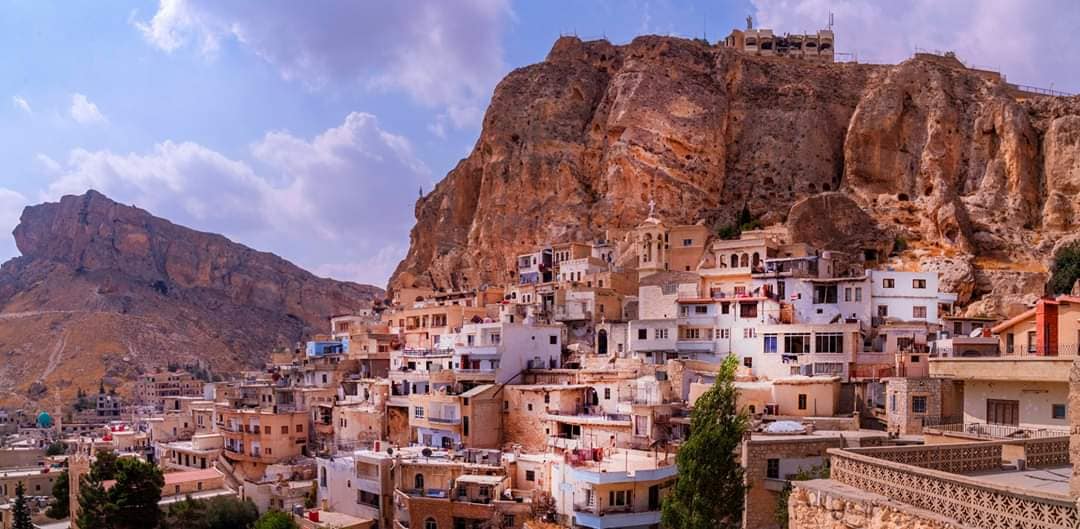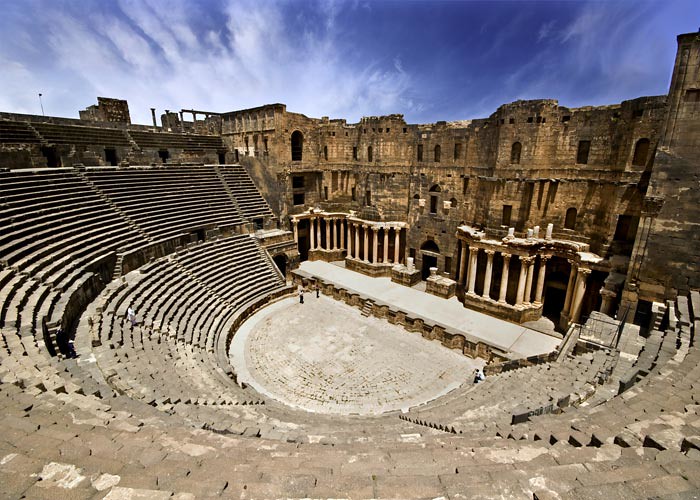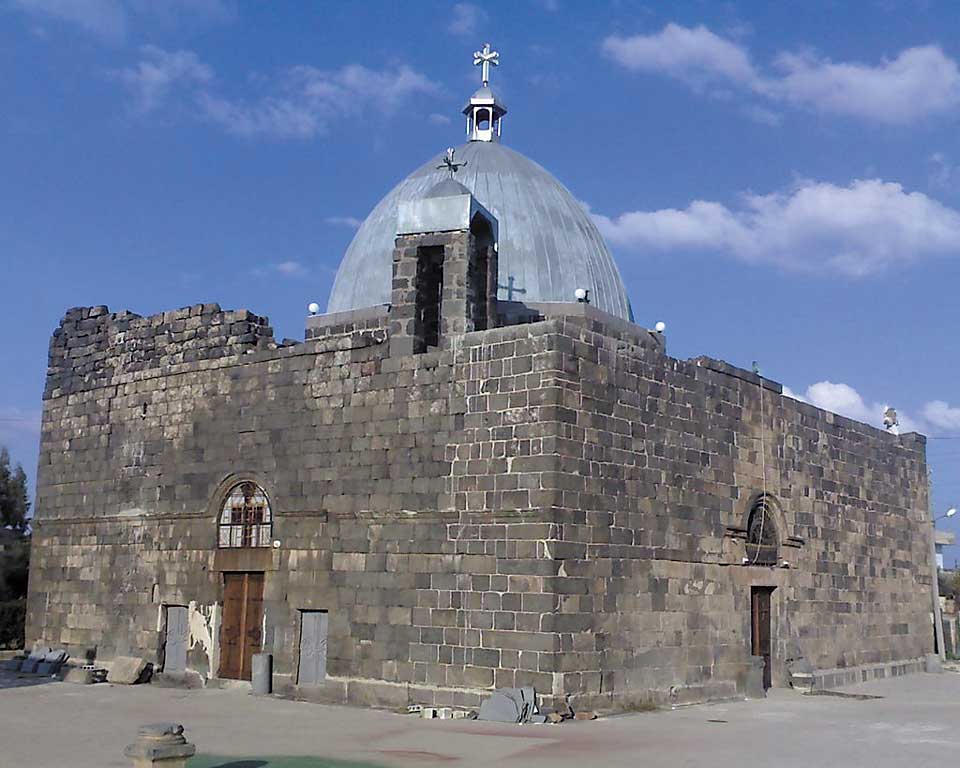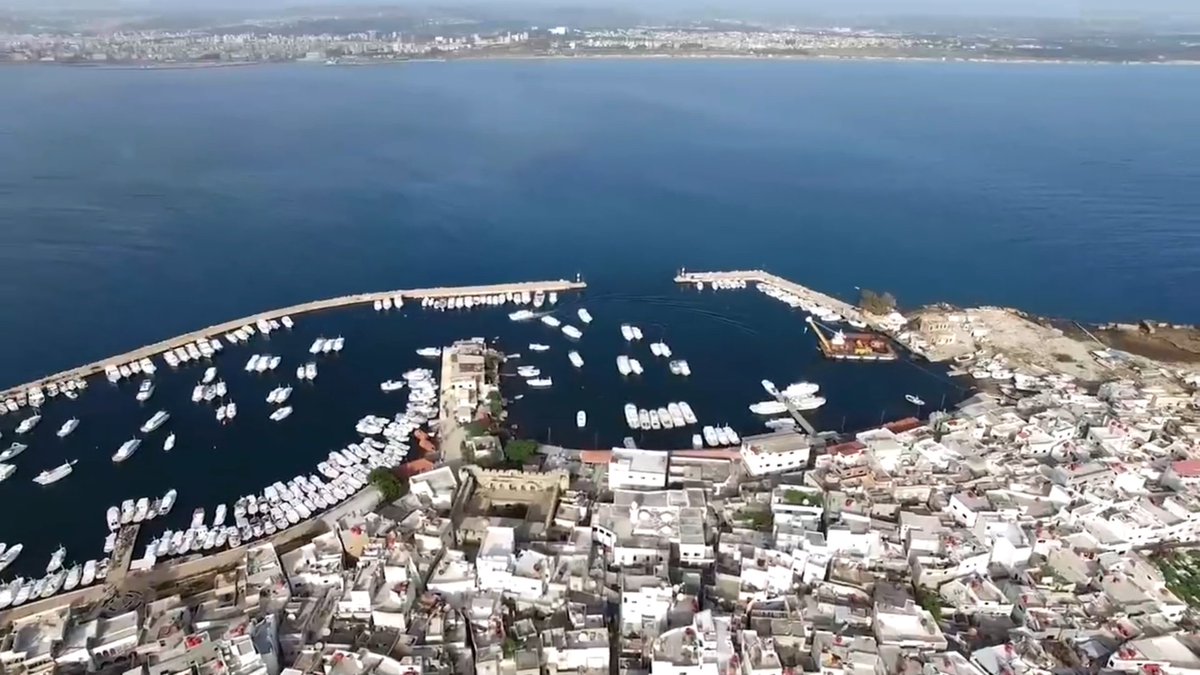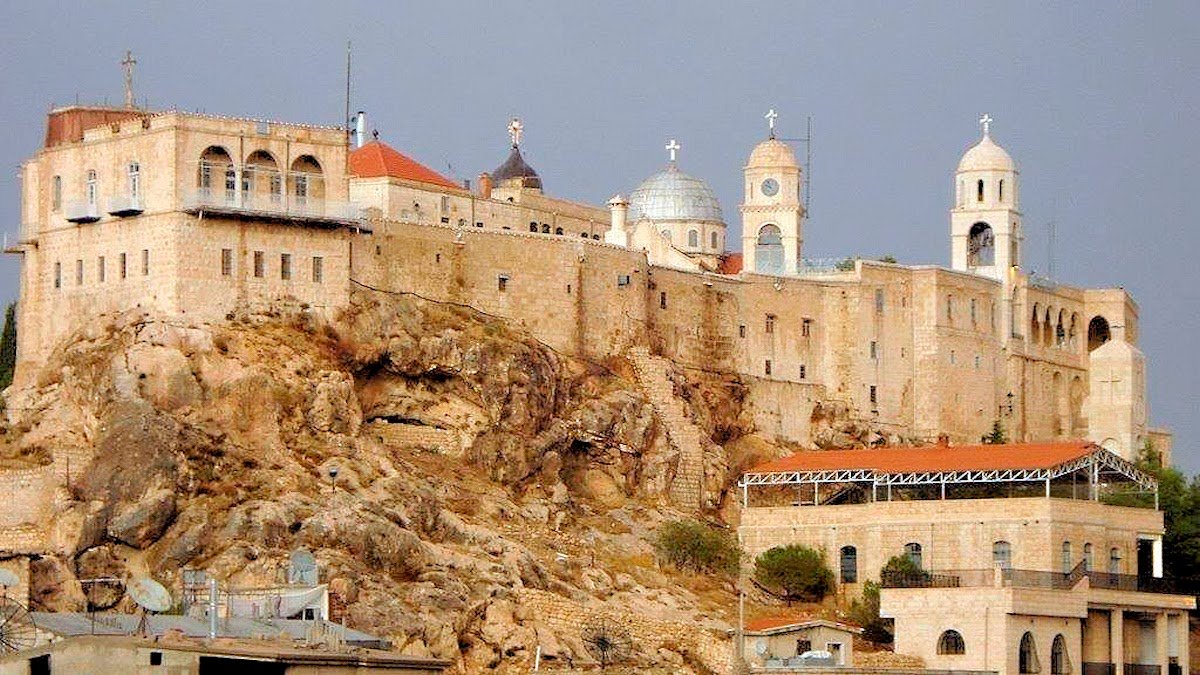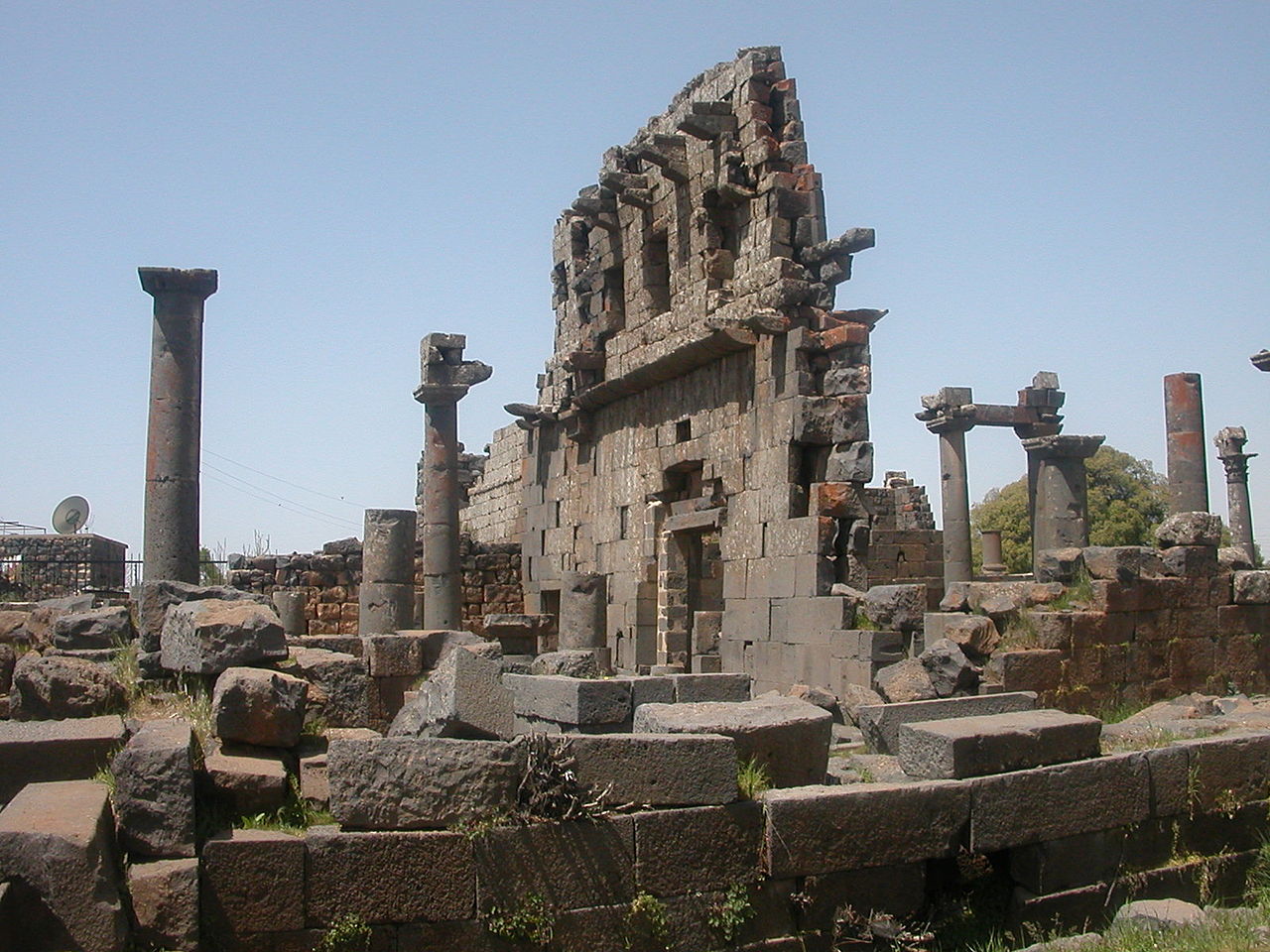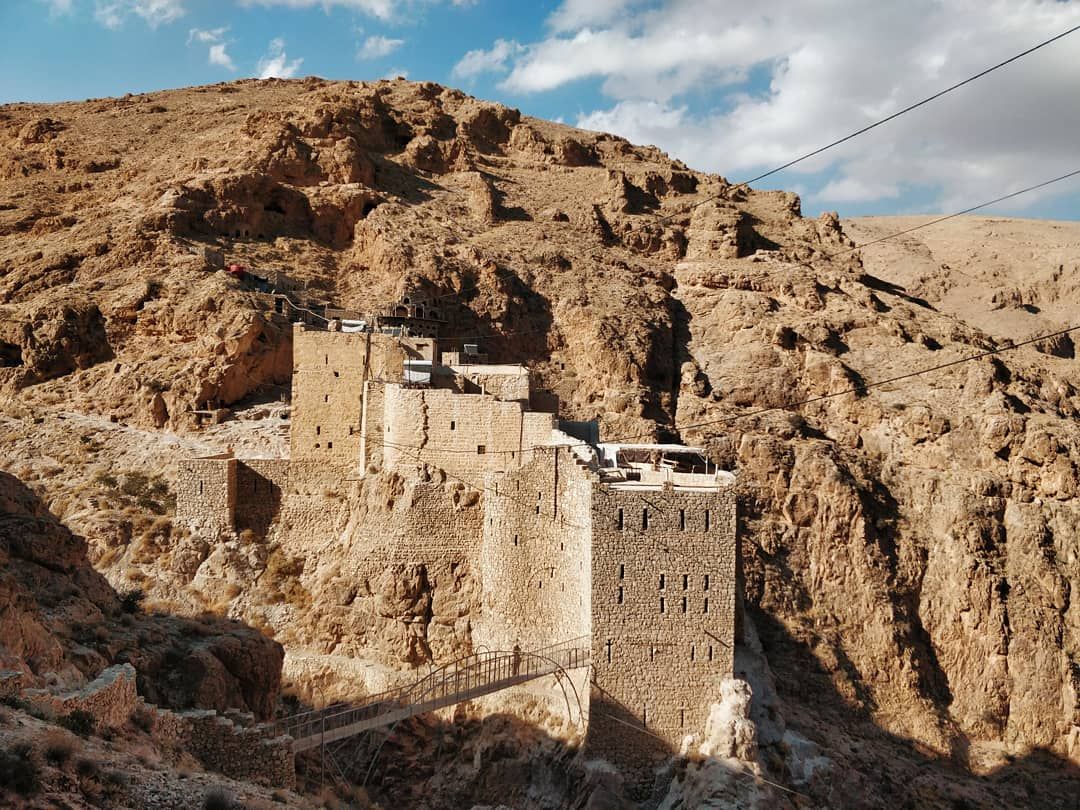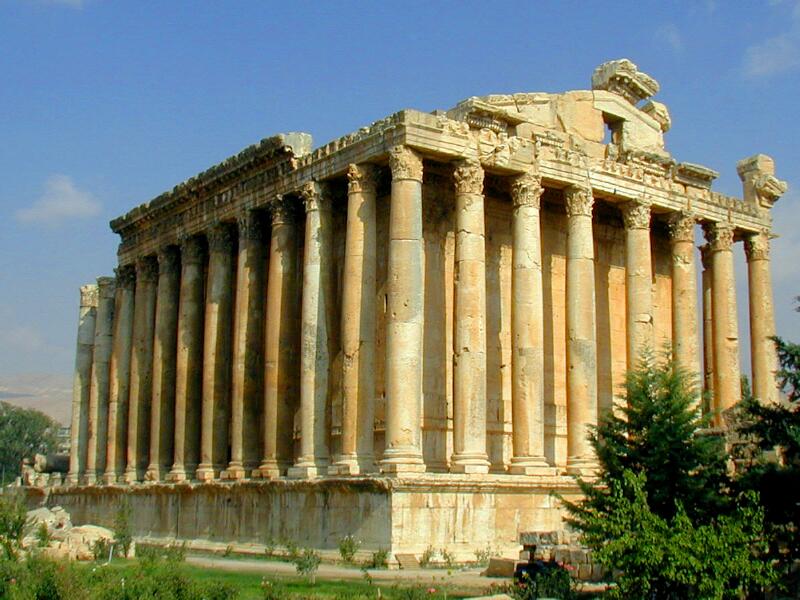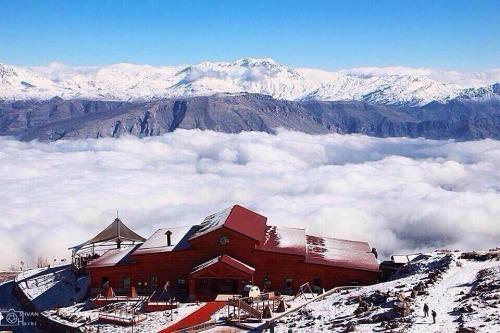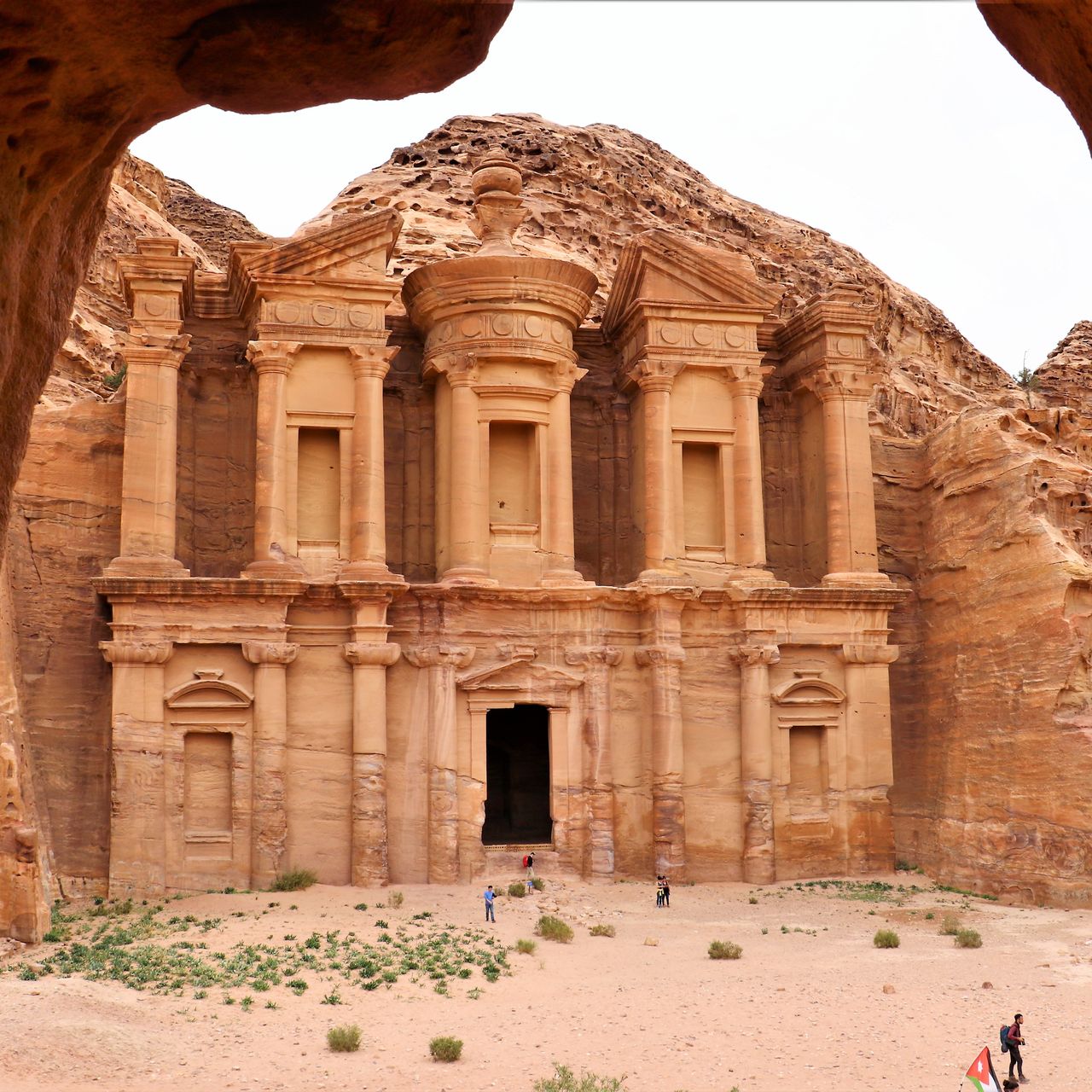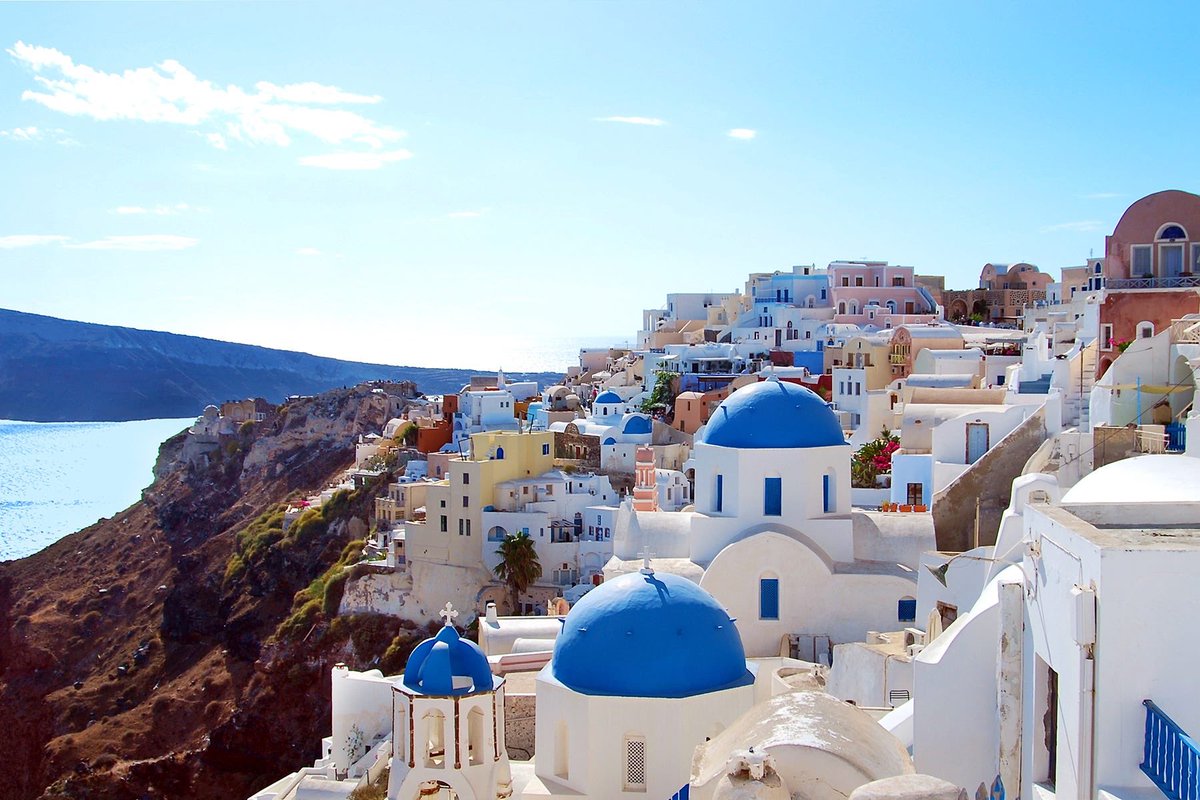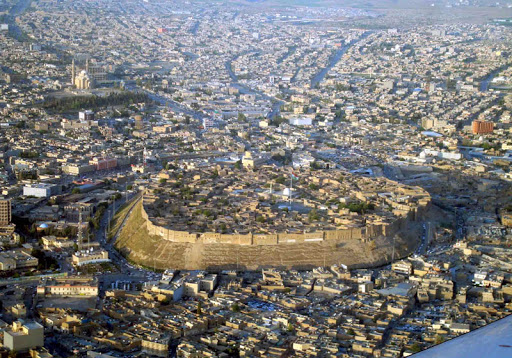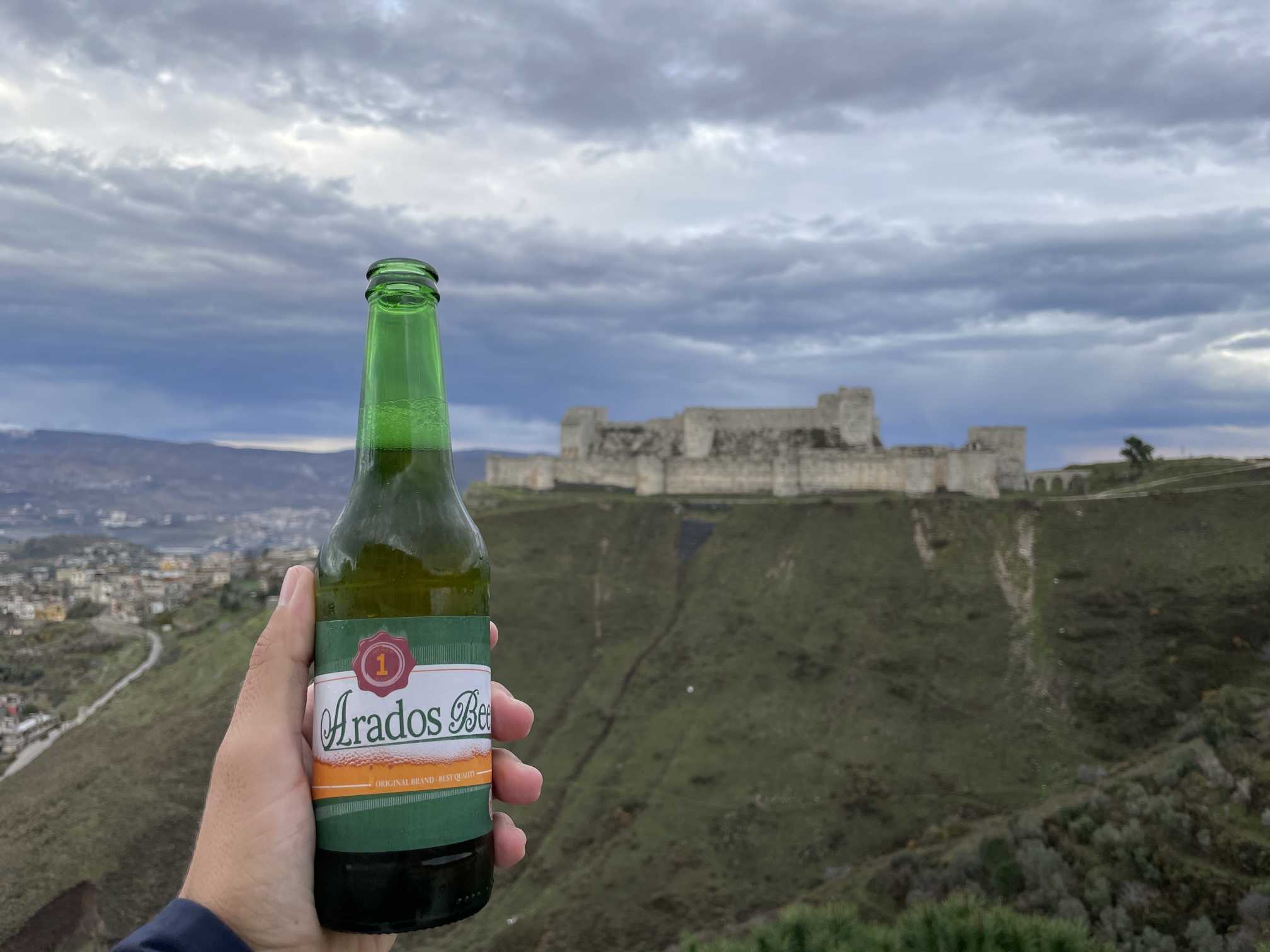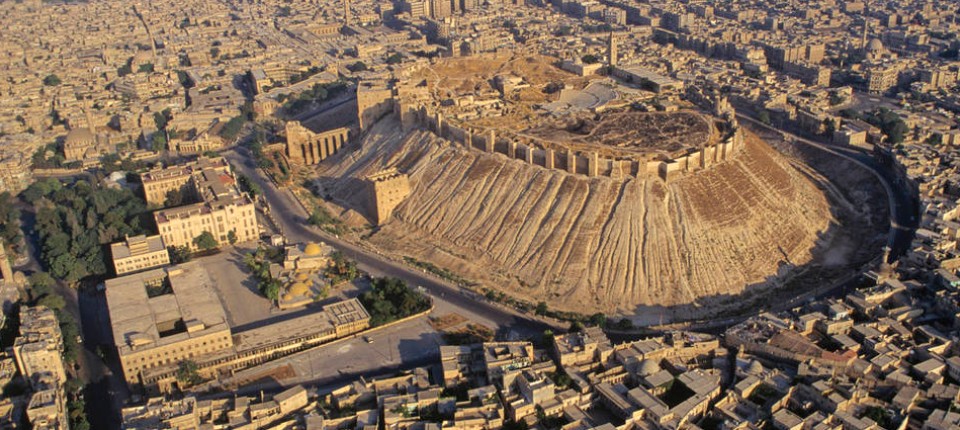
Aleppo
This is the second capital of Syria (350 km north of Damascus) and one of the oldest continuously inhabited cities in history. Abraham is said to have camped on the acropolis, which, long before his time, served as the foundation of a fortress (where the Aleppo citadel is standing now)
Ever since the 3rd millennium B.C., Aleppo has been a flourishing city, with a unique strategic position which gave the city a distinctive role from the days of the Akkadian and Amorite kingdoms until modern times. It was the meeting-point of several important commercial roads in the north. This enabled Aleppo to be the link in trade between Mesopotamia, the Fertile Crescent and Egypt. The Amorites made it there capital in the 18th century B.C.
This position however made it subject to invasion from: Hittites, Egyptians, Assyrians, Persians Greeks and Romans.
Aleppo was prominent in the Christian era; it became a bishopric and a huge cathedral was built in it, which is still standing.
The conflict between Byzantium and Persia, however, resulted in the latter s occupation of Aleppo in 440. The Persians robbed the city, burned considerable parts of it and damaged many of its features. Though expelled by Justinian, the Persians kept threatening Aleppo and frightened its inhabitants until the Arab Islamic conquest came in 636. The city then regained its status, both cultural and commercial. Apart from the Omayyad and Abbassid periods in which Aleppo flourished, the Hamadani state established by Sayf al- Dawla in 944 made Aleppo the northern capital of Syria.
Saif al Dawala built Aleppo s famous citadel, and his days the city enjoyed great prosperity and fame in science, literature and medicine despite this leader s military occupations.
Aleppo was famous for its architecture; for its attractive churches, mosques, schools, tombs, and baths. As an Important center of trade between the eastern Mediterranean kingdoms and the merchants of Venice.
In the Ottoman age, Aleppo remained an important center of trade with Turkey, France, England and Holland. This caused various types of European architecture to be adopted in Aleppo, which can be seen in many buildings today.



